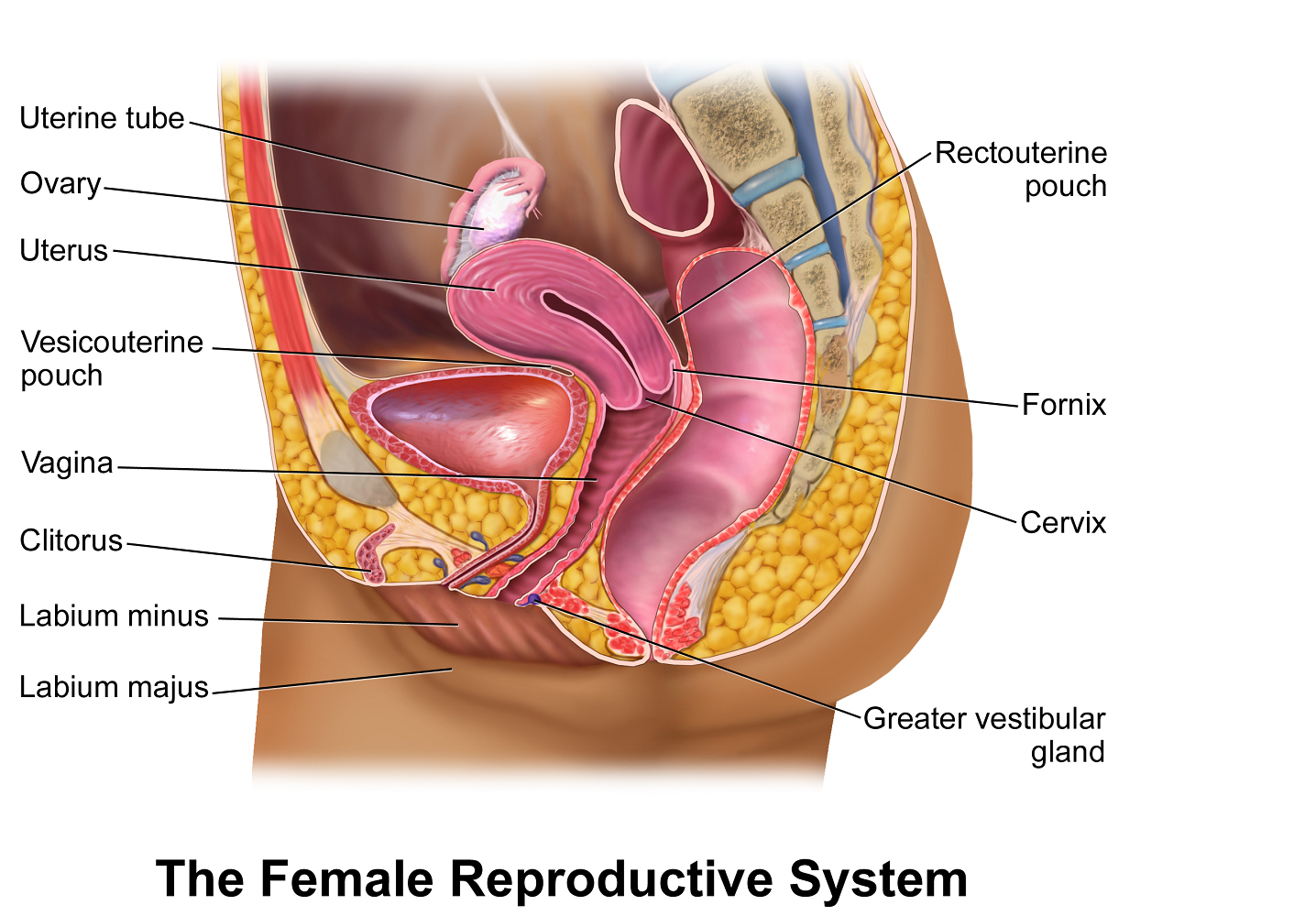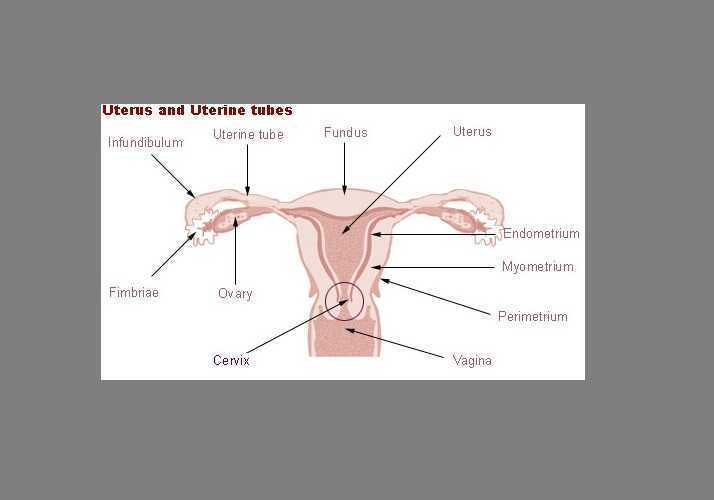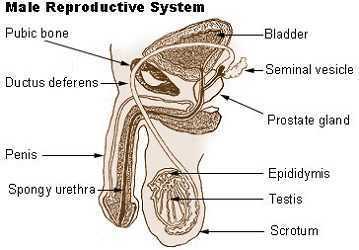Mobilization of Visceral Fascia: The Reproductive System of Men and Women
| Price: $650 (Early Registrant Price $625) Experience Level: Advanced Contact Hours: 17.25 |
This continuing education course is a two-and-a-half day seminar designed to expand on the therapist's existing knowledge concerning the relationship between the endopelvic fascia and the connective tissue surrounding the urogenital viscera as it relates to mechanical dysfunctions within the musculoskeletal system. The course includes extensive lectures on anatomical structures as well as visceral mobilization theory and techniques. Participants will learn a variety of avenues for mobilizing the fascial structures of the male and female reproductive and lymphatic system within the scope of pelvic physiotherapy practice.
This manual therapy course emphasizes science and clinical reasoning with the goal of immediate implementation of the material into an existing musculoskeletal and pelvic health practice. Information presented has applications for a variety of diagnoses related to pelvic health to include: Pregnancy related pelvic girdle pain, SI joint dysfunction, coccydynia, dysmenorrhea, prostadynia, orchialgia, mechanical infertility, and chronic pelvic pain.
Lab sections include both external abdominal, pelvic as well as internal vaginal and anal techniques. Attendees should come prepared to participate as both clinician and patient. Male course attendees may participate in the entire course and will be expected to model for gender specific anatomy. Pregnant attendees may participate in a very limited capacity owing to obvious limitations. Seminar content is targeted to licensed health care professionals working within the field of pelvic health. Content is not intended for use outside the scope of the learner's license or regulation
Special Considerations:
As this continuing education course includes extensive lab work, all course attendees should come prepared to participate as both clinician and patient. Vaginal pelvic floor muscle and anal examinations will be taught in labs. Labs will be conducted under the supervision of instructors and teaching assistants. Past participants have found that wearing comfortable clothing that is easy for changing (such as skirts or athletic shorts) is very useful for labs. Due to temperature variations from clinic to clinic we would recommend wearing comfortable layers. Read more about What to Expect During Courses with Internal Lab Work.
The Herman & Wallace Institute welcomes all professionals who are appropriately licensed at our courses. Being born with a vagina and other female anatomy is not a prerequisite for attending or participating fully in our courses. No one participant will be required to partner with any other one participant during labs.
Pregnant women course attendees may participate fully in the entire course if they bring their own lab model for examination, or if the attendee insists on lab participation then a clearance letter from their physician allowing them to participate in the labs is required. We strongly recommend that pregnant attendees bring a model as vaginal examination and internal myofascial manual therapy prior to 32 weeks gestation is not the common standard of medical practice. If pregnant participants cannot bring a model, they have the option of working in a group of three during lab times.
PLEASE NOTE: This course includes internal assessment and exam techniques, which will be practiced in partnered pairs in lab time. H&W strives to foster an environment that is safe and supportive. Survivors of past trauma should be aware that performing or experiencing internal exam may be triggering, and that many, regardless of their histories, feel strong emotions when practicing these techniques. In order to foster an environment that is non-triggering and safe for all participants, we recommend all participants consider the emotional impact they may experience during the course, and consider consulting a trauma counselor or therapist prior to attending.
Audience:
This continuing education seminar is targeted to physical therapists, occupational therapists, physical therapist assistants, occupational therapist assistants, registered nurses, nurse midwives, and other rehabilitation professionals. Content is not intended for use outside the scope of the learner's license or regulation. Physical therapy continuing education courses should not be taken by individuals who are not licensed or otherwise regulated, except, as they are involved in a specific plan of care.
Prerequisites:
1. Minimum of Pelvic Floor Level 1 training or other coureswork inclusive internal vaginal examinations and relative clinical experience
2. Mobilization of the Visceral Fascia: The Urinary System taught by Ramona Horton
Required Readings:
1. Horton (2015) Clinical Review: Visceral Mobilization for Pelvic Dysfunction
2. Kramp (2012) Combined manual therapy for infertility at http://jaoa.org/article.aspx?articleid=2094508
3. Review the anatomy of the pelvis and perineum
5. Participants should bring an anatomy atlas (preferably Netter) for reference of the visceral anatomy.
Upon completion of this continuing education seminar, participants will be able to:
1. Complete review of the osteopathic theories of fascial mobilization
2. List the known mechanisms of fascial based manual therapy, the somato-visceral and viscero-somato reflex
3. Review basic structures of the urinary system covered in level 1 and their treatment approaches
4. Cite potential causes for development of restrictions in the connective tissue of visceral structures of the reproductive system and potential causes of lymphatic congestion.
5. Identify specific visceral structures with relation to the reproductive system via external as well as internal vaginal and anal landmarks
6. Recognize abnormal tissue mobility of visceral structures within the male and female reproductive system
7. Apply the technique of three-dimensional fascial mobilization to visceral structures, utilizing external body and internal vaginal and anal approaches
8. Treat basic lymphatic congestion within the pelvis, as it relates to symptoms of pelvic pain and dysfunction for the male and female patient
9. Implement visceral fascia mobilization techniques into a comprehensive treatment program for the patient with varied pelvic health diagnoses to include pelvic girdle pain, prostadynia, dysmenorrhea, anorgasmia, mechanical infertility, dyspareunia, and pelvic/abdominal pain as they relate to physical therapy practice
|
Day One |
Day Two |
Day Three |
We always want to hear from those interested in hosting our courses. We work with healthcare organizations of all types, sizes, and locations. Please, Contact us about Hosting Mobilization of Visceral Fascia: The Reproductive System of Men and Women or any other course!
Case presentation. Groupwork on cases to go over thought process for sequence programs. Clinical decision-making trees/pathways for treatment.
- Lisa Sator DPT CLT - Cherry Hill, NJ
I always take away multiple clinical plans and treatment techniques that improve my skill and patient outcomes after Ramona’s usual courses.
- Iwalani Crush, DPT - New York, NY
Ramona is the bomb. Thank you for this conversation with my brain.
- Valerie Turner PT, DPT - Frenchtown, NJ
Ramona is generous with herself, her knowledge, of her time. Thank you for continuing to provide this enriching experience.
- Elizabeth Hopkins, DPT - Omaha, NE
This course is well-structured and very helpful. Reviewing some of the levels. The material was also helpful. Ramona’s no-nonsense approach makes the techniques practical and easy to apply. These concepts have significantly changed the way. I practice for the better.
-Quozette Valera PT, DPT - Long Beach, CA
Mobilization Visceral Fascia Tech extremely helpful and useful for my treatments and patients! Great course and amazing information. Some pictures did not come out in course manual. Ramona is aware.
-Natalie Thompson PTA - San Diego, CA
Anatomy Clock (Rachel) super helpful! All very approachable and very well informed in their course of the pelvis. Loved it!
-Heather Ackley LaPaglia, DPT, PRPC - Irvine, CA
This course is a huge game changer for me. I love how Ramona was able to integrated the fascial connective tissue and the neovascular systems and lymphatic systems in a way that is understandable.
-Eileen Malong Geary, DPT - Plainsboro, NJ
Extremely applicable to my practice as a pelvic floor clinician. Ramona, Janet, and Kathy were all very helpful during lab. The small class size helped learning and facilitated discussion.
-Vanessa Vander PT, DPT – Sewell, NJ
TA’s excellent!
This course makes me proud to be a physical therapist. I cannot wait to practice healing techniques we learned Visceral 1 and 2.
-Allison Ankiewicz, PT – Wayside, NJ
The visceral courses with Ramona are fantastic! Ramona's treating style facilitates learning techniques that you can immediately use with patients and get results!
-Tracy Sher, MPT, CSCS - Orlando, FL
The entire class was awesome! It was great! Lecture presentation / Lab it was wonderful - Thank You! :)
-Catherine A. Weibel DPT, WCS - Winter Park, FL
Had information and techniques that could be immediately used. Adequate Lab time.
-Kamini Komarraju, PT - Sterling Heights, MI





